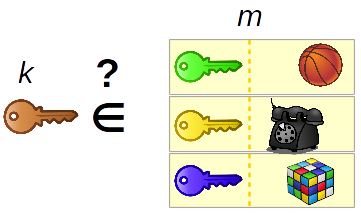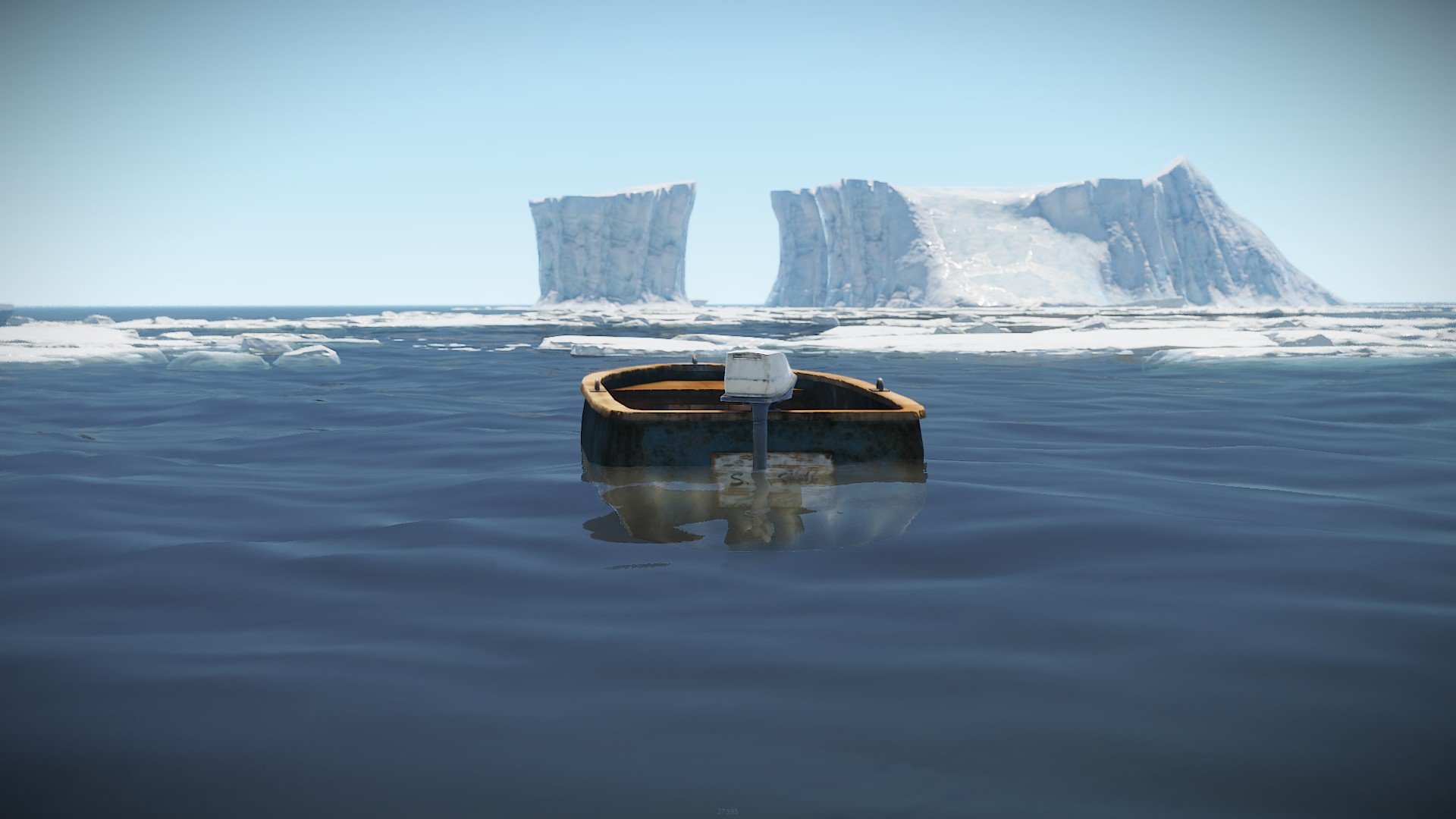

- Rust the method map exists but how to#
- Rust the method map exists but generator#
- Rust the method map exists but mod#
- Rust the method map exists but license#
Also delete the ones we replicated in common.rs. This is only the first half of generation, but it's a good start! Now go to map.rs, and delete the entire new_map_rooms_and_corridors function.
Rust the method map exists but generator#
The code itself should look eerily familiar: it's the same as the generator in map.rs, but with map as a variable rather than being generated inside the function. It isn't part of the trait, so we can't define it there - but we want to keep it separated from other builders, which might have their own functions. You'll notice that this is built as a method attached to the SimpleMapBuilder structure. Let stairs_idx = map.xy_idx(stairs_position.0, stairs_position.1) Let (prev_x, prev_y) = () Īpply_horizontal_tunnel(map, prev_x, new_x, prev_y) Īpply_vertical_tunnel(map, prev_y, new_y, new_x) Īpply_vertical_tunnel(map, prev_y, new_y, prev_x) Īpply_horizontal_tunnel(map, prev_x, new_x, new_y) Pub fn build_random_map(new_depth: i32) -> Map For now, it just calls the builder in SimpleMapBuilder: #! Now, back in map_builders/mod.rs we add a public function. We'll flesh out the details in a bit - lets get the interface working, first. This simply returns an unusable, solid map. We'll also put a skeleton in place here: #! We'll call it simple_map.rs - and it'll be where we put the existing map generation system. Now we'll create a new file, also inside the map_builders directory. The idea is that any Map will work basically the same way, irrespective of how we've decided to populate it.
Rust the method map exists but how to#
We'll need this for other map generators, and it makes sense for a Map to know how to return a new one as a constructor - without having to encapsulate all the logic for map layout. / Generates an empty map, consisting entirely of solid walls Open up map.rs, and add a new function - called, appropriately enough, new: #! What we're stating is that anything can declare itself to be a MapBuilder - and that includes a promise that they will provide a build function that takes in an ECS World object, and returns a map. Rust by Example has a great section on traits, as does The Rust Book. The use of trait is new! A trait is like an interface in other languages: you are saying that any other type can implement the trait, and can then be treated as a variable of that type. We're trying to define an interface, so we'll start with a skeleton. In that directory, we'll create an empty file called mod.rs. So, we'll create a directory (off of src) called map_builders. Other files in the module can do whatever they want, safely isolated from the rest of the code. The mod.rs file provides an interface - that is, a list of what is provided by the module, and how to interact with it.
Rust the method map exists but mod#
Modules are exposed through mod and pub mod, and provide a way to keep parts of your code together. Rust lets you make a directory, with a file in it called mod.rs - and that directory is now a module. To better organize our code, we'll make a module. We then place the player in the first room.



Refactoring the builder - Defining an Interface Over the next few chapters, we'll start building a few different map types. It's different every time (unless you hit a repeat random seed), which is a great start - but the world of procedural generation leaves so many more possibilities. So far, we've really just had one map design. If you enjoy this and would like me to keep writing, please consider supporting my Patreon. My hope is that you will enjoy the tutorial, and make great games!
Rust the method map exists but license#
This tutorial is free and open source, and all code uses the MIT license - so you are free to do with it as you like.


 0 kommentar(er)
0 kommentar(er)
